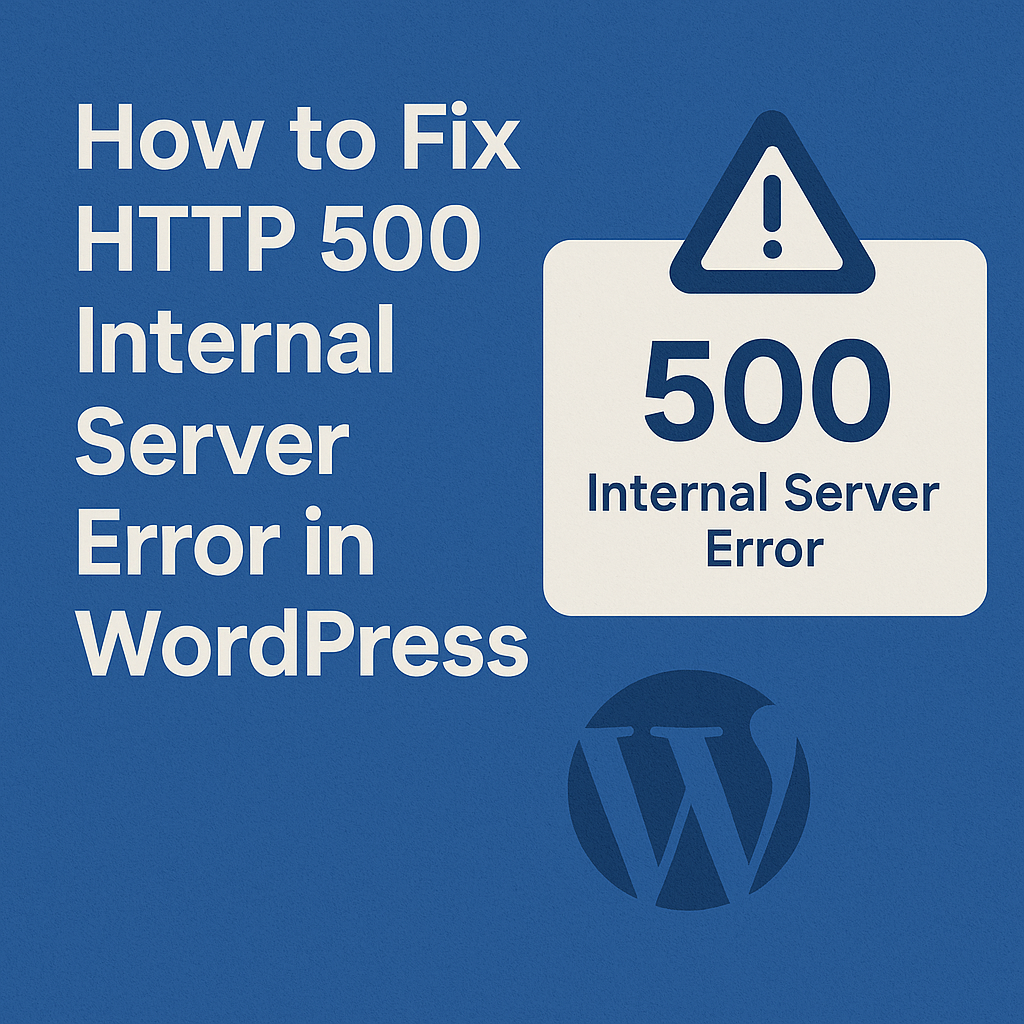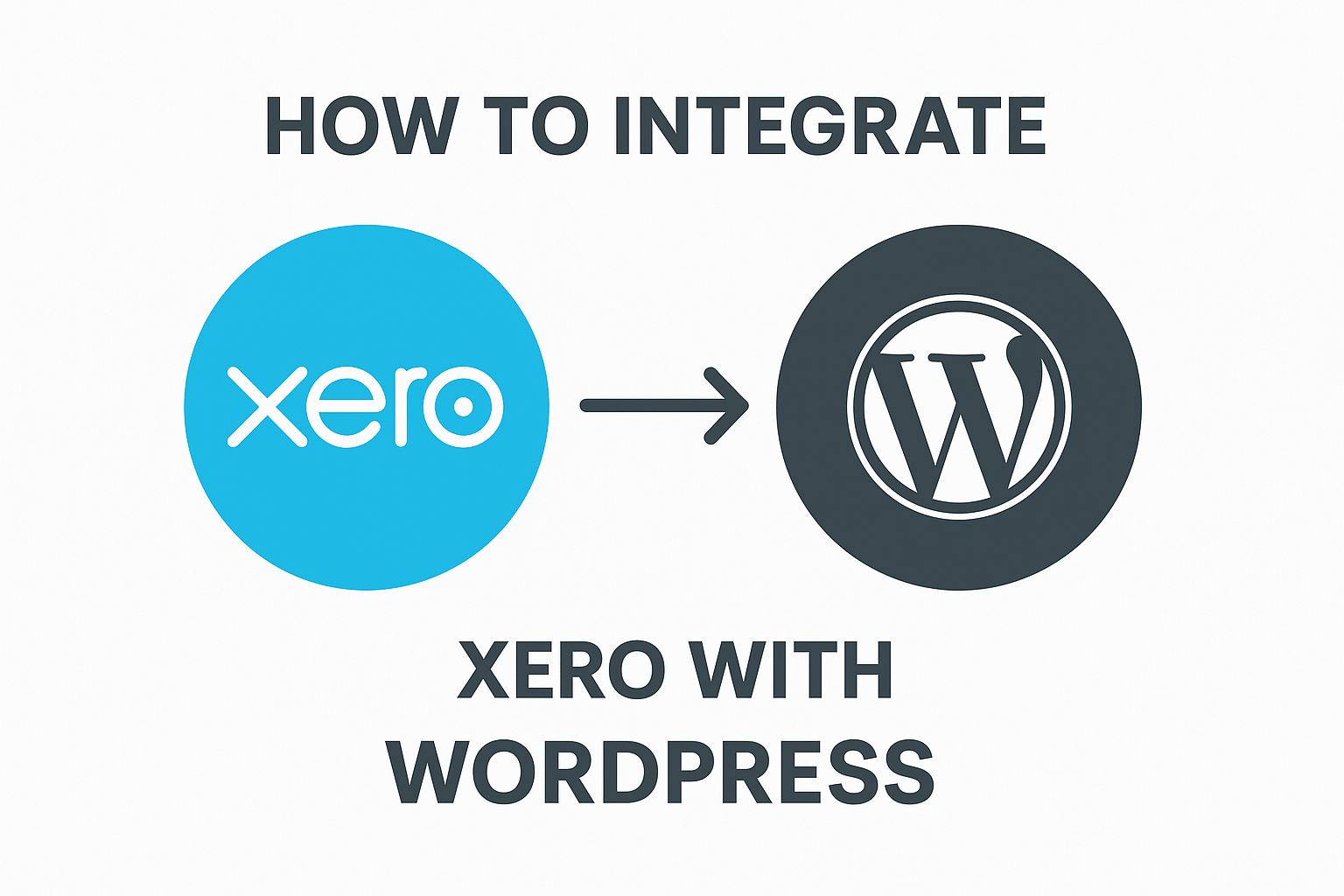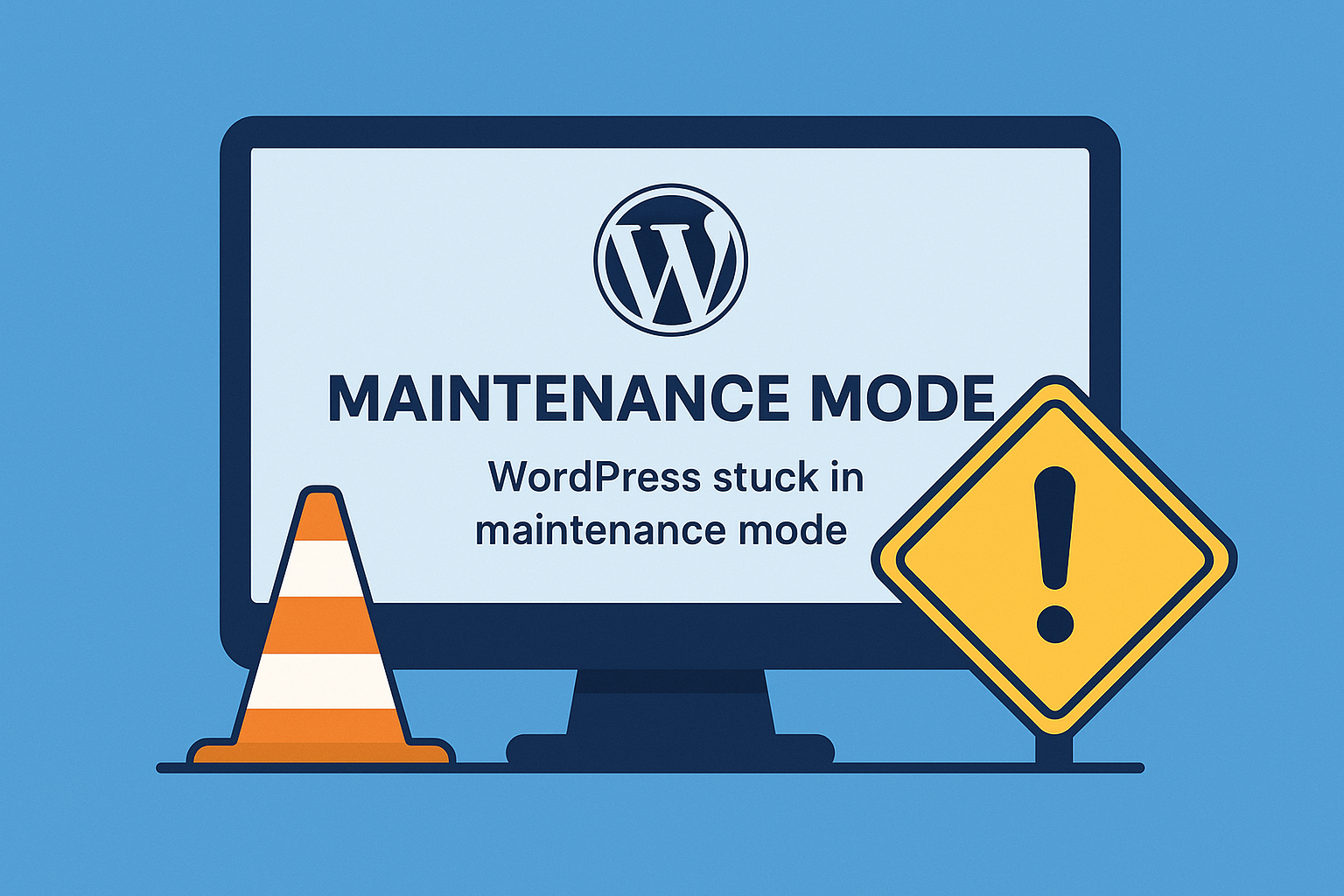An HTTP 500 Internal Server Error on your WordPress website can be frustrating. It usually means something went wrong on the server, but the server can’t specify what the problem is. Here’s a step-by-step guide to help you troubleshoot and fix it.
1. Enable WordPress Debug Mode
Start by enabling debug mode to see what errors are being generated.
In your wp-config.php file, add or update the following lines:
define( 'WP_DEBUG', true );
define( 'WP_DEBUG_LOG', true );
define( 'WP_DEBUG_DISPLAY', false );
This logs errors to /wp-content/debug.log without displaying them on the site.
2. Check for a Corrupt .htaccess File
A corrupted .htaccess file is a common cause of HTTP 500 errors.
- Access your site files using FTP or File Manager.
- Rename the
.htaccessfile to.htaccess_old. - Reload your site.
- If it works, go to Settings > Permalinks and click Save to regenerate the
.htaccessfile.
3. Increase PHP Memory Limit
Insufficient PHP memory can cause this error.
In wp-config.php, add:
define( 'WP_MEMORY_LIMIT', '256M' );
Note: Your hosting provider may restrict this value. Contact them if necessary.
4. Deactivate All Plugins
A faulty plugin may be the culprit.
- Rename the
/wp-content/plugins/folder to/plugins_old. - If your site loads, rename it back and activate plugins one by one to find the faulty one.
5. Switch to a Default Theme
To rule out theme issues:
- Temporarily switch to a default theme like
Twenty Twenty-Four. - If you can’t access the dashboard, rename your theme folder to force WordPress to use a default one.
6. Check File and Folder Permissions
Incorrect permissions can also cause errors.
- Folders should be set to
755 - Files should be set to
644
7. Re-upload WordPress Core Files
Your WordPress core files may be corrupted.
- Download the latest version from wordpress.org.
- Re-upload the
wp-adminandwp-includesfolders via FTP.
Be careful not to overwrite your wp-content folder or wp-config.php file.
8. Review Server Error Logs
Your host may provide access to server logs in cPanel or Plesk. Alternatively, contact support and ask them to check the logs for errors.
9. Check .htaccess for PHP Directives
Improper PHP settings in .htaccess can cause issues.
Look for and comment out lines like:
php_flag display_errors on
php_value error_reporting 2039
10. Contact Your Hosting Provider
If none of the above fixes work, contact your hosting support. There may be server-side restrictions or issues outside your control.
Final Thoughts
An HTTP 500 error can be resolved with careful troubleshooting. Always keep a backup of your site before making major changes. Regular maintenance and monitoring will help prevent future issues.
If you’re not comfortable fixing it yourself, feel free to reach out for expert help!


